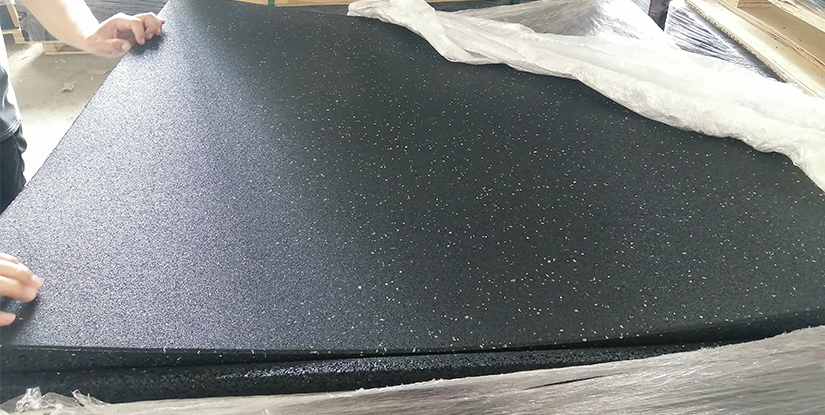Mat Workouts: Professional Guide to Home Mat Exercises & Equipment

Benefits of Mat Workouts
Mat workouts are a versatile, low-cost approach to building strength, mobility, balance, and coordination. They require minimal equipment, are scalable for all fitness levels, and can be adapted for rehabilitation, athletic conditioning, or daily wellness routines. A quality mat provides cushioning for joints, a stable surface for proprioceptive work, and a hygienic barrier for shared spaces.
Choosing the Right Mat
Select a mat based on thickness, density, size, and material. Thicker mats (6–10 mm) are better for Pilates and floor-based strength work; thinner mats (3–5 mm) offer greater stability for balance and dynamic movement. High-density foam or natural rubber provides durable support; PVC mats are affordable but may degrade faster. Consider non-slip surfaces if sweat or quick transitions are involved.
Core Equipment and Accessories
- Exercise mat: adequate thickness and non-slip backing
- Yoga blocks: assist with alignment and range of motion
- Resistance bands: add progressive loading without free weights
- Small stability tools: sliders, mini-balls, or balance discs for proprioception
- Towel and disinfectant: maintain hygiene post-session
Foundational Mat Exercises
These exercises form the backbone of balanced mat programming. Perform with controlled tempo and focus on quality of movement.
- Plank variations: forearm, side, and hollow body — build isometric core strength
- Bird-dog: teaches spinal stability and coordinated limb movement
- Glute bridges: target posterior chain and pelvic control
- Dead bug: enhances core-bracing with contralateral limb motion
- Supine leg raises and bicycle: dynamic abdominal conditioning
- Quadruped hip extensions and knee tucks: functional hip mobility
Sample 30-Minute Mat Session
Warm-up (5 min): hip circles, cat-cow, 30 seconds each plank-to-downward dog cycles. Strength circuit (20 min): 3 rounds of 45 seconds work / 15 seconds rest — plank, glute bridge, dead bug, bird-dog, side-lying clamshell. Mobility & cool-down (5 min): reclining spinal twist, hamstring stretch, diaphragmatic breathing.
Programming and Progression
Progress by increasing time under tension, adding repetitions, reducing rest, or introducing resistance bands and instability. For hypertrophy or strength focus, implement sets of 8–15 reps with controlled eccentric phases. For endurance, use circuits of 30–60 seconds per exercise. Monitor movement quality; regress if form deteriorates.
Modifications and Special Populations
Mat workouts are highly adaptable. For beginners, reduce range of motion and increase rest. For older adults, prioritize balance, joint-friendly pacing, and seated variations where necessary. During rehabilitation, follow professional guidance, focusing on pain-free ranges and neuromuscular control. Prenatal clients should avoid supine holds after the first trimester and emphasize lateral decubitus modifications.
Safety, Hygiene, and Maintenance
Inspect mats regularly for tears and compressive wear. Clean with mild detergent or commercially recommended disinfectants; avoid harsh chemicals that degrade materials. Store mats flat or rolled loosely to prevent creasing. Maintain adequate space around the mat to allow safe movement transitions.
Designing a Balanced Weekly Plan
Integrate mat workouts 3–4 times per week with aerobic, resistance, or flexibility sessions for comprehensive fitness. Example split: two mat strength sessions, one mobility-focused mat session, and one outdoor cardio or active recovery day. Track progression with objective measures: plank hold time, repetition counts, or perceived exertion.
FAQs
- Q1: How thick should a mat be?
3–5 mm for stability, 6–10 mm for added joint cushioning depending on activity.
- Q2: Can mat workouts build strength?
Yes—when progressed with time under tension, resistance bands, or higher repetitions.
- Q3: Are mats necessary for all floor exercises?
They improve comfort and hygiene but some exercises can be performed on carpet or hard floors with caution.
- Q4: How often should I replace a mat?
Replace when compression, tears, or persistent odor indicate material breakdown—typically every 1–3 years with regular use.
- Q5: Can beginners do mat workouts alone?
Yes, with conservative progressions and attention to form; consult a trainer if unsure.
- Q6: Are mat workouts good for injury rehab?
They are useful for controlled strengthening and mobility but should follow professional advice for rehab protocols.
- Q7: How do I increase intensity without weights?
Increase tempo manipulation, reduce rest, add resistance bands, or perform unilateral variations.
- Q8: Is cleaning necessary after each use?
Wipe down after sweaty sessions; deeper cleaning weekly for frequent use or shared environments.
- Q9: What accessories enhance mat workouts?
Blocks, resistance bands, sliders, and mini stability tools broaden exercise variety and progression.

